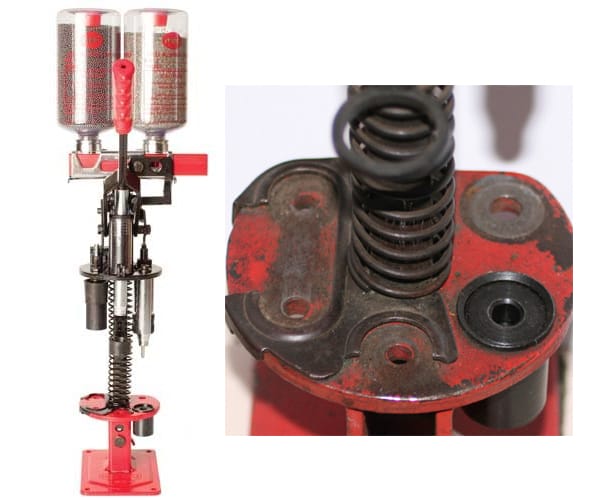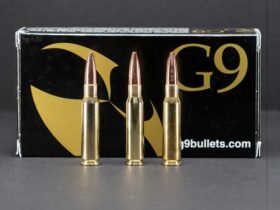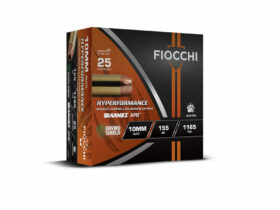Obsolete Arms and Ammo
By Bob Shell
More on selection components
There are so many options out there for shot shell reloaders it would take a book the cover them all. Another problem is there are gadgets and gizmos coming out on a daily basis, some useful, some not.
One thing we haven’t covered yet is shotshell reloading. While the mechanics are similar to metallic reloading, some important differences exist. The equipment is different, and you need a reloading machine made for shotgun ammo for best results.
I have been loading shotshells for quite a few years, and the loader I use is a MEC 600 Jr Mark V Shot Shell Press. It is a good single-stage machine that will last for years and isn’t really expensive. Like metallic reloading, I advise a new reloader to start with a single-stage press until you thoroughly understand what you are doing. Unless you do a lot of shooting, such as trap or skeet, the 600 JR will take care of your needs. There are other tools out there, but I have always had good luck with Mec Products. They come in everything from 410 to 10 gauge. You can adjust them for the length of the shell being loaded. It should be securely mounted on a work table like any other press.
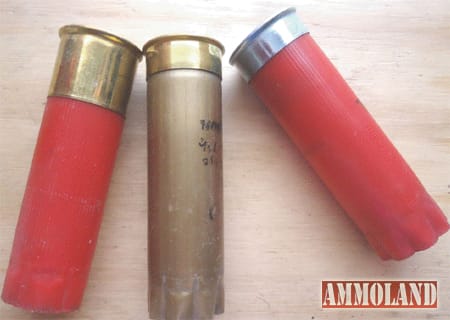
Next, you need some empty hulls, which should be all the same brand and type. The reason is there is a base, usually some sort of cork, and it is the same height in the same brand shells. Different brands will cause you to have to use different wads to make up for the base difference. It can get pretty confusing to use various shotshell wads for each brand.
If you need a good place to shop for shotgun accessories I would go to brownells.com as they have everything that a shotgun reloader needs.
I would also suggest that you get a reloading manual and read it before tackling shotgun shells.
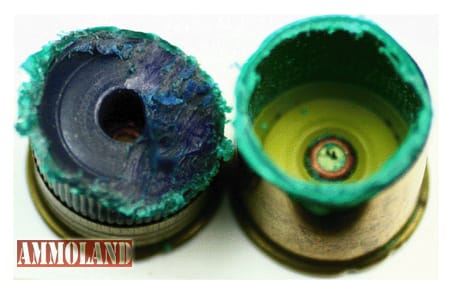
Once you have your hulls, you will have to get the other necessary components. Once you have figured out the purpose of the ammo, you can proceed from there. Let’s say that you are making some dove loads and may also shoot a little trap. For a 12 gauge, the shot weight may be 1 & 1/8 oz of shot, generally 7 & ½ or # 8. Let us say that you have a couple of hundred red Winchester AA hulls, for starters. Next, you need a charge bar that will throw the proper amount of shot and powder. Mec makes quite a few bars plus an adjustable to cover various loads. They have charts to tell you which bar to use with the correct amount and type of powder. You can consult with a loading book as the proper wad also has to be chosen. There are several brands of wads, but the important thing to look for is the proper height for the load used. That is important because an improper height will cause the load to be too high or low. That will result in a poor crimp and probably shot leakage. Your finished product should look like a factory load.
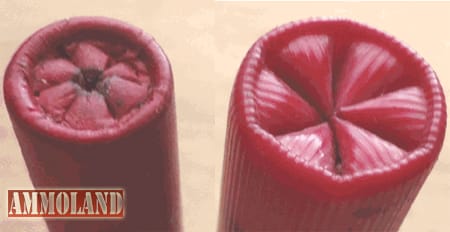
When you get set up, the first die decaps the case and sizes the brass. Then you move one station and prime. Next, you move it to another station, where you put the drop tube down inside the shell. You move the charge bar, which should give you the powder. Then, insert the wad and use the tube to seat it against the powder. Next, put the drop tube slightly in the case and move the charge bar the other way, which will dispense the shot. Then, you move to the crimp start station and push the handle down to finish the crimp at the last station. If you have done everything right, then you will have a good round of ammo. Once you get the process down it is easy to do. Attention to detail is paramount when doing shotgun shells.
Live Inventory Price Checker
When selecting a shot for shotgun shooting, keep a couple of things in mind. Lead shots come in various sizes, from 00-buck to # 9, which is the finest shot size that is generally available. The larger the number the smaller the shot is. You can get more pellets of small-size shots in a case than the larger, but you give up some range as the small shot doesn’t travel as far. Depending on the game being hunted, shot size is important. For instance for dove and quail 7 &1/2 or #8 shot usually works best. For pheasants, # 5 or 6 is better as they are larger birds and may be further away. I use #6 on rabbits and squirrels because sometimes you have to shoot through some brush or at a fairly long distance. For ducks and geese, you need steel shot to comply with federal laws. That requires different wads and charge bars.
Some states may require steel for migratory birds such as doves so check that out before loading. If you get caught with the wrong shot the fine can be expensive so a word to the wise.
Buckshot is seldom loaded though slugs are occasionally. I recently loaded some Lightfield slugs for a bear hunt in Canada, and they performed quite well.
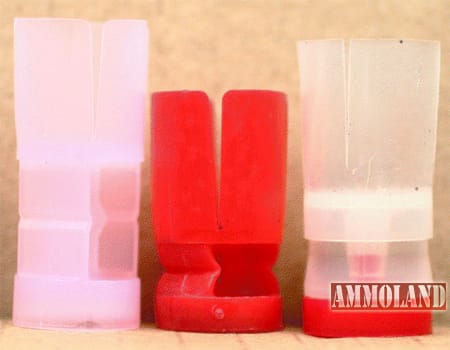
If you pick up spent or empty shotgun shells at the range, be sure to inspect them and sort them out by brand and type. If you use two or three brands, chances are you will need more than one wad, even if you are only using one load. That might prove to be a headache. There is only one size primer currently being used, generally referred to as a 209 Primer.
Years ago Remington used a smaller one a size 57 and you might still run into hulls that take those. The problem is the # 57 is hard to find.
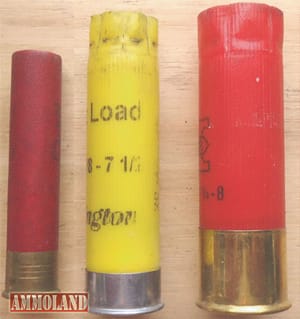
Shotguns operate at much lower pressures than rifles and modern handguns. Their barrels are thin to keep down the weight, so they won’t take the pressure that other weapons will. It is very important not to overload them, and there is no reason to do so. When you load shotshells you are looking for a good to shot run from about 1150 to 1300 FPS for best results. Faster loads tend to ruin the patterns, which defeats the purpose of making them. Steel can go a little faster. You can put a large target with a 30” circle at 40 yards to check out your pattern and point of impact. You will learn a lot by doing that.
Reloading of any kind requires some thought regarding what components you will select. You have to decide what the load will be used for and how much money is available.
This quick primer on Shot Shell Reloading should give you an idea of what to look for when selecting components.
Reload Shoot More!
About Bob Shell
A Custom Reloader of Obsolete and Antique Ammo, Bob Shell, writes about the subject of Guns, Ammo, Shooting, and Related Subjects. Visit: www.bobshellsblog.blogspot.com
Source link: https://www.ammoland.com/2024/06/shotshell-reloading-basics/ by Bob Shell at www.ammoland.com

